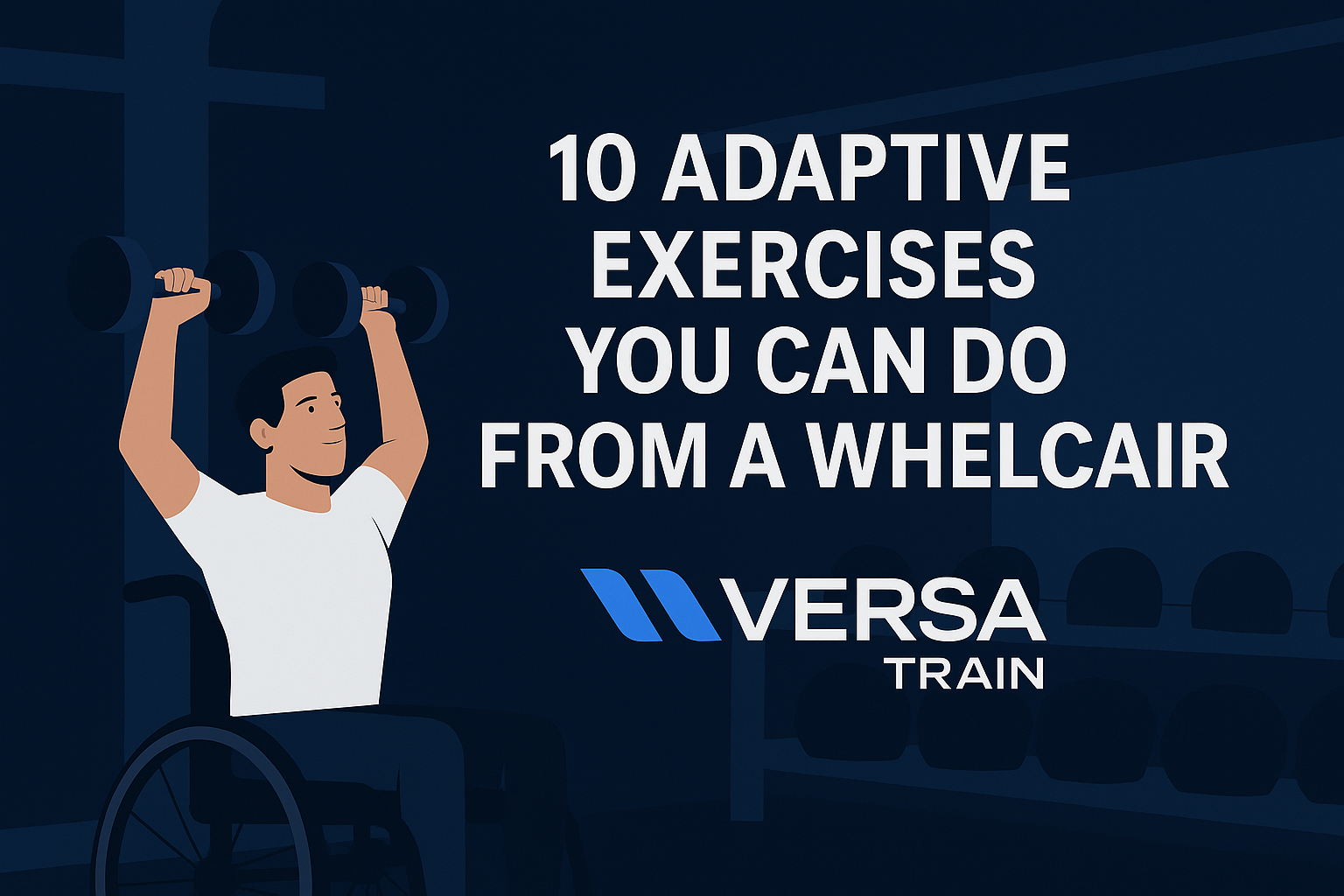How Resistance Training Supports Mobility in Wheelchair Users
For wheelchair users, mobility means more than movement — it’s about independence, confidence, and quality of life. One of the most effective ways to maintain and even improve mobility over time is through resistance training. Backed by science and rehab professionals alike, adaptive strength training helps reduce muscle imbalances, delay physical decline, and support long-term function.
Why Resistance Training Matters for Wheelchair Users
When daily mobility is limited to a wheelchair, specific muscles become overused while others weaken from underuse. Over time, this can lead to:
- Muscle imbalances
- Shoulder and joint pain
- Reduced range of motion
- Difficulty with transfers and self-care tasks
Resistance training addresses these challenges head-on, helping users strengthen key muscle groups, improve posture, and enhance cardiovascular health — all of which support everyday mobility.
Long-Term Benefits of Resistance Training
Here are some of the most well-documented long-term benefits of resistance training for wheelchair users:
✅ Improved Upper Body Strength
Stronger shoulders, arms, and back muscles reduce fatigue and pain while propelling, transferring, and reaching.
✅ Injury Prevention
Targeted training of stabilizing muscles helps prevent overuse injuries, especially in the rotator cuff and wrists.
✅ Better Trunk Control and Posture
Core-focused exercises (even if done seated) support better posture, reducing long-term strain and enhancing balance.
✅ Cardiovascular & Metabolic Health
Resistance training improves heart health and blood flow, supporting better endurance and circulation in individuals with limited lower-body movement.
✅ Maintained Independence
Regular training supports the ability to perform essential activities of daily living: dressing, moving between surfaces, reaching, and lifting.
What the Research Says
Studies show that resistance training improves physical functioning, reduces secondary complications, and enhances psychological well-being in people with spinal cord injury and other mobility-limiting conditions.
A 2021 systematic review published in Spinal Cord found that upper-body resistance training improved strength, cardiorespiratory fitness, and transfer capacity in wheelchair users with SCI. Read the study →
Clinicians increasingly recommend strength training as part of preventative care for aging wheelchair users and those with neurodegenerative conditions.
How to Start Resistance Training Safely
If you’re new to resistance training, or returning after injury or illness, start here:
- Consult your physio or rehab specialist for tailored guidance
- Use resistance bands or light weights to begin
- Start with foundational movements like rows, chest press, and shoulder press
- Focus on slow, controlled reps with proper form
- Rest between sets and listen to your body
🧠 Tip: Consistency is more important than intensity. Two to three 30-minute sessions per week can bring significant gains.
How Versatrain Equipment Helps
At Versatrain, we’ve designed accessible strength equipment that removes the barriers to resistance training. Our Versatrain Multi and Versatrain Chest Press units are:
- ✅ Wheelchair-accessible
- ✅ Adjustable for a wide range of needs
- ✅ Safe for unsupervised or assisted use
- ✅ Suitable for home gyms or rehab facilities
They allow users to complete structured, progressive resistance training routines without needing to transfer or adapt general-purpose machines.
🔗 Explore the Versatrain Multi →
Final Thoughts
Mobility isn’t fixed — it’s something that can be trained, protected, and enhanced. With the right approach, wheelchair users can maintain strength, function, and independence for years to come.
Start small, stay consistent, and explore equipment that’s made for you — not adapted after the fact. For more adaptive fitness tips, rehab insights, and equipment guidance, follow the Versatrain Knowledge Hub.

